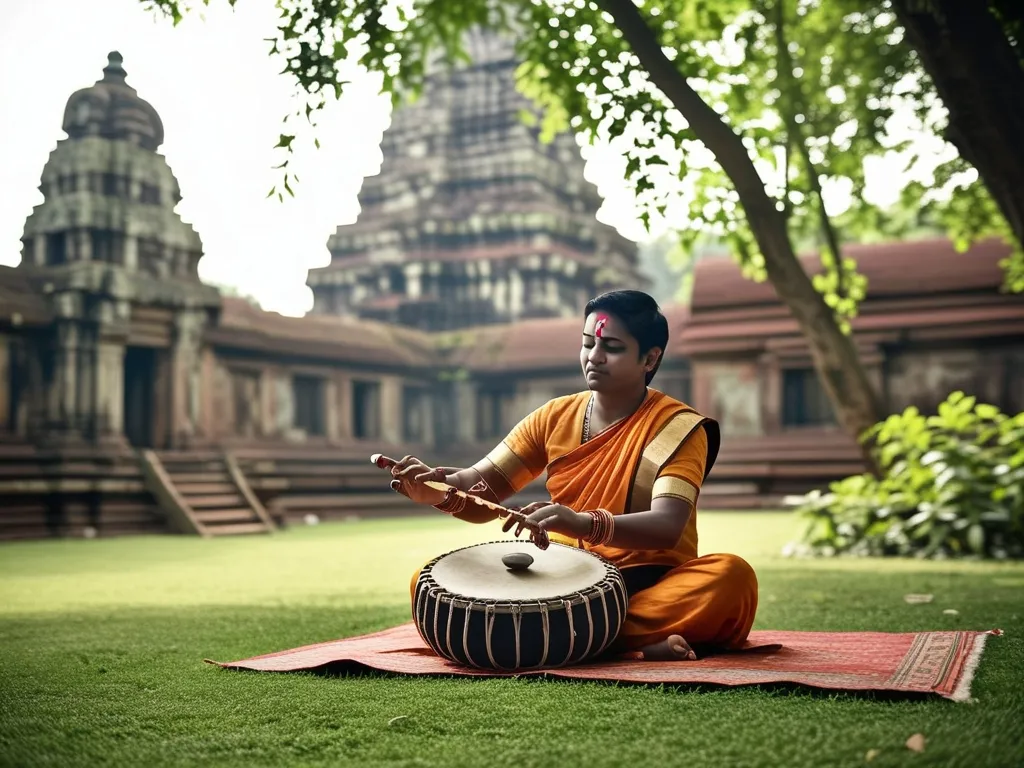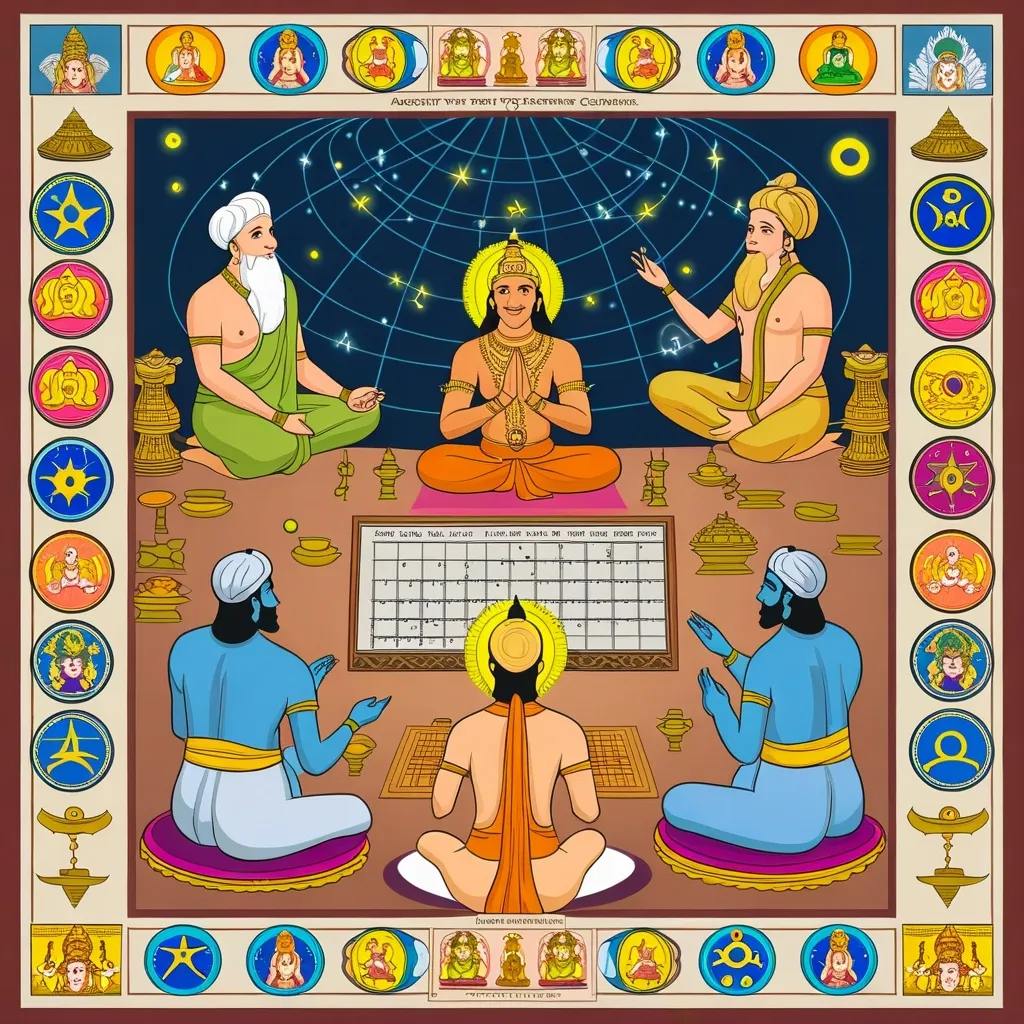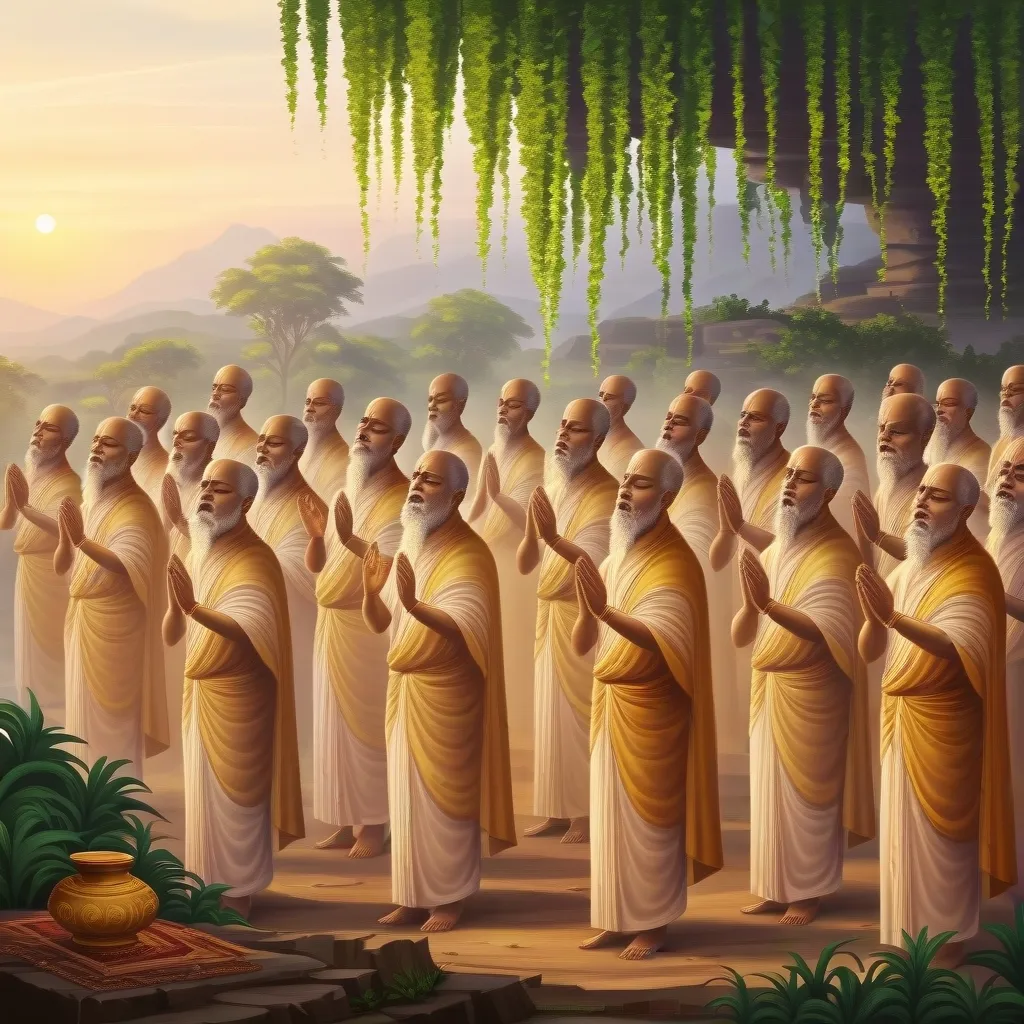In the vibrant and intricate world of Hinduism, there’s a practice called Vrata that carries a lot of weight when it comes to spiritual growth and personal improvement. Contrary to what some might think, Vrata (which essentially refers to religious vows) isn’t just about going through the motions. This tradition has its roots deep in ancient texts and is a core part of the faith, especially highlighted in the Yajur Veda.
So, what is Vrata all about? Think of it as taking vows to stick to certain disciplines or restrictions. These vows are flexible – they might last a day, a week, or even a month, depending on what you choose. The beauty of Vrata lies in its voluntary nature. Unlike other religious practices that might feel more like obligations, Vrata is something one takes on willingly, purely out of personal commitment and quest for betterment.
One significant advantage of Vrata is the way it boosts self-control and willpower. When a person commits to certain restrictions, say fasting or abstaining from specific foods, they get a chance to build resilience against temptations. It’s a powerful way to learn control over one’s impulses and weaknesses. Over time, this practice can make a person more confident and mentally strong. And it’s not just mental gains – physical health gets a bonus too. Fasting in a measured way can be great for detox, while other types of Vrata might emphasize cleanliness or acts of kindness, fostering a strong sense of social responsibility and compassion.
The spiritual angle of Vrata is just as compelling. Many of these vows involve prayers, offerings, and rituals aimed at strengthening one’s bond with the divine. A classic example is the Ekadashi Vrata, where fasting on the eleventh day of each lunar cycle is believed to bring one closer to the gods and accrue spiritual merit.
The Yajur Veda, one of Hinduism’s sacred texts, underscores the importance of nonviolence and harmony, ideals central to many Vratas. The concept of Ahimsa (nonviolence) is deeply embedded in these practices. There’s a verse from the Yajur Veda that beautifully encapsulates this ethos: “May all beings look at me with a friendly eye, may I do likewise, and may we look at each other with the eyes of a friend.” It’s a call for living harmoniously, respecting all living creatures.
Starting with Vrata doesn’t have to be daunting. One can begin by choosing a vow that aligns with personal goals or spiritual inclinations. Shivaratri, for example, involves fasting and performing rituals in honor of Lord Shiva, while Navaratri spans nine days of dedicated worship to the goddess Durga. These observances, though ritualistic on the surface, are profound journeys into deeper spirituality and divine connection.
What’s truly wonderful about Vrata is its universal appeal. It’s not tied to one’s religious beliefs. Anyone, irrespective of their faith, can undertake these vows. Whether you’re looking to foster a deeper divine connection or simply aiming for better self-discipline, Vrata can be a meaningful pursuit.
Incorporating Vrata into daily life can be as simple as committing to small acts of devotion or discipline. One might decide to meditate or pray daily, or perhaps abstain from habits perceived as negative. These small, consistent efforts can lead to substantial personal and spiritual development.
Rituals play a key role in Vrata, as they provide structure. Rituals might include making offerings to deities, chanting sacred texts, or other devotional acts. For instance, during the Navaratri Vrata, devotees engage in various rituals honoring the goddess Durga, seeking spiritual merit and protection.
Beyond personal gains, Vrata also nurtures a sense of social responsibility. Many vows involve charitable acts or community service, which promote empathy and kindness. This is perfectly aligned with the broader Hindu principle of living harmoniously and nonviolently, benefiting not just oneself but also the community and the environment.
Essentially, the ultimate aim of Vrata is personal transformation. By committing to specific disciplines, a person endeavors to transform themselves on multiple levels – spiritually, emotionally, and physically. This transformation isn’t only about accumulating spiritual brownie points. It’s about becoming a better, more compassionate, and peaceful version of oneself. The practice of Ahimsa, for instance, naturally instills greater compassion and peace, which positively impacts both the individual and those around them.
Vrata is a rich, multifaceted practice that holds immense potential for anyone seeking personal and spiritual growth. By taking on these vows and observing specific disciplines, you can nurture self-discipline, devotion, and inner strength, while also enhancing your physical health and social consciousness. Whether you’re new to Hindu practices or you’re a seasoned spiritual seeker, Vrata offers a path to self-discovery and spiritual evolution, guided by the timeless wisdom of the Yajur Veda and other sacred Hindu texts.
Integrating Vrata into our modern, busy lives can be a rewarding endeavor. It serves as a bridge connecting ancient wisdom with contemporary living, reminding us that despite the chaos of daily life, there’s always room for spirituality, self-improvement, and compassion. This practice, steeped in tradition, continues to be relevant, offering timeless insights and benefits. By embracing Vrata, you’re not just following an ancient tradition – you’re embarking on a journey of self-discovery and growth, one vow at a time.






